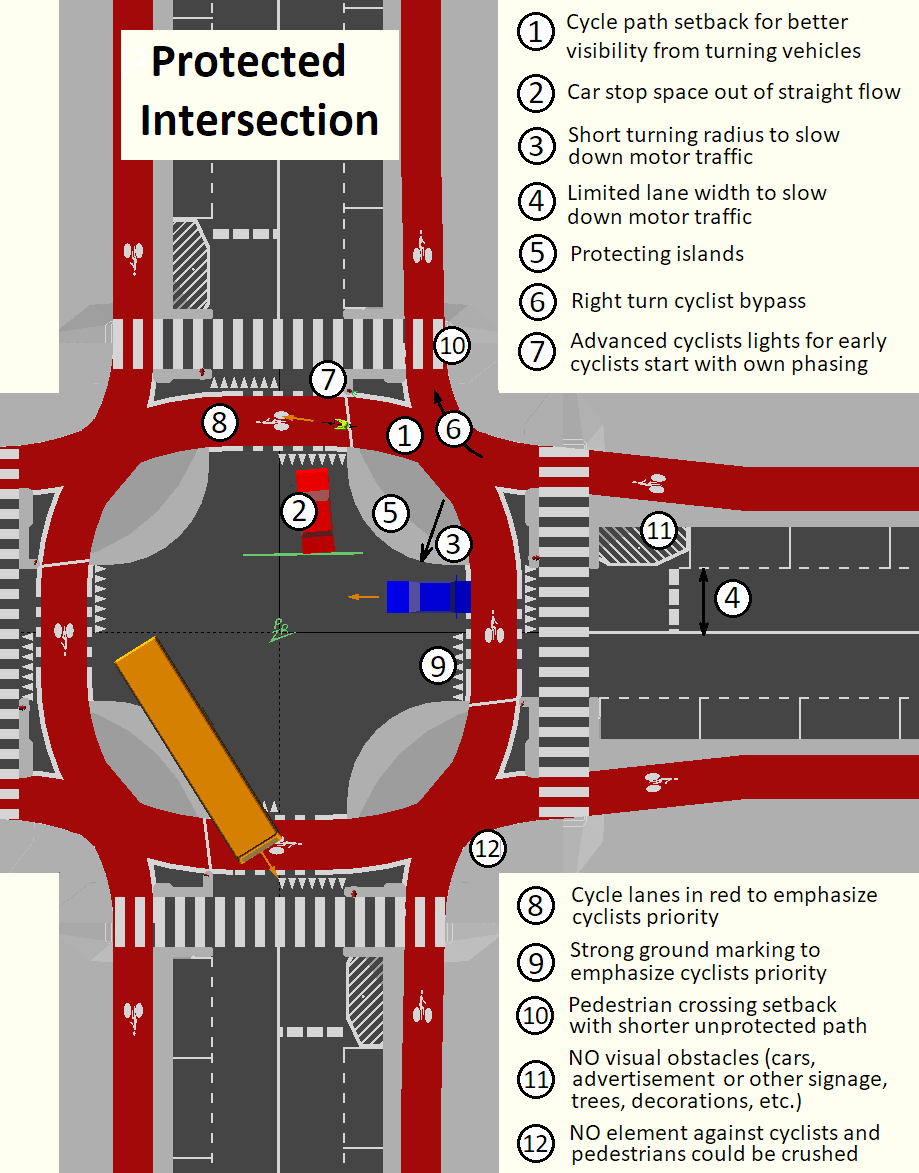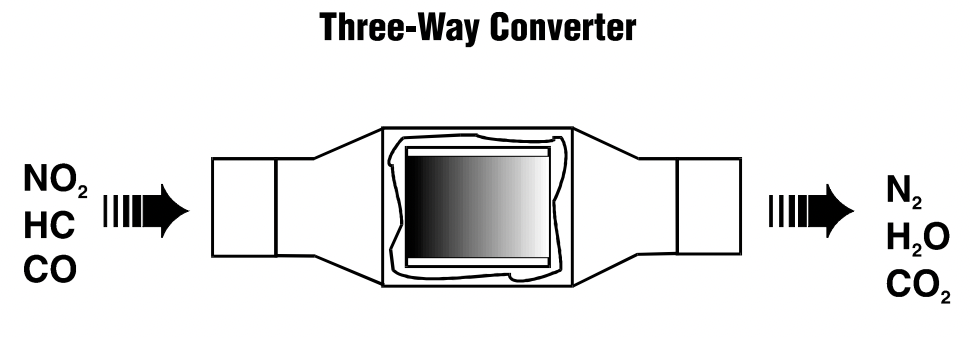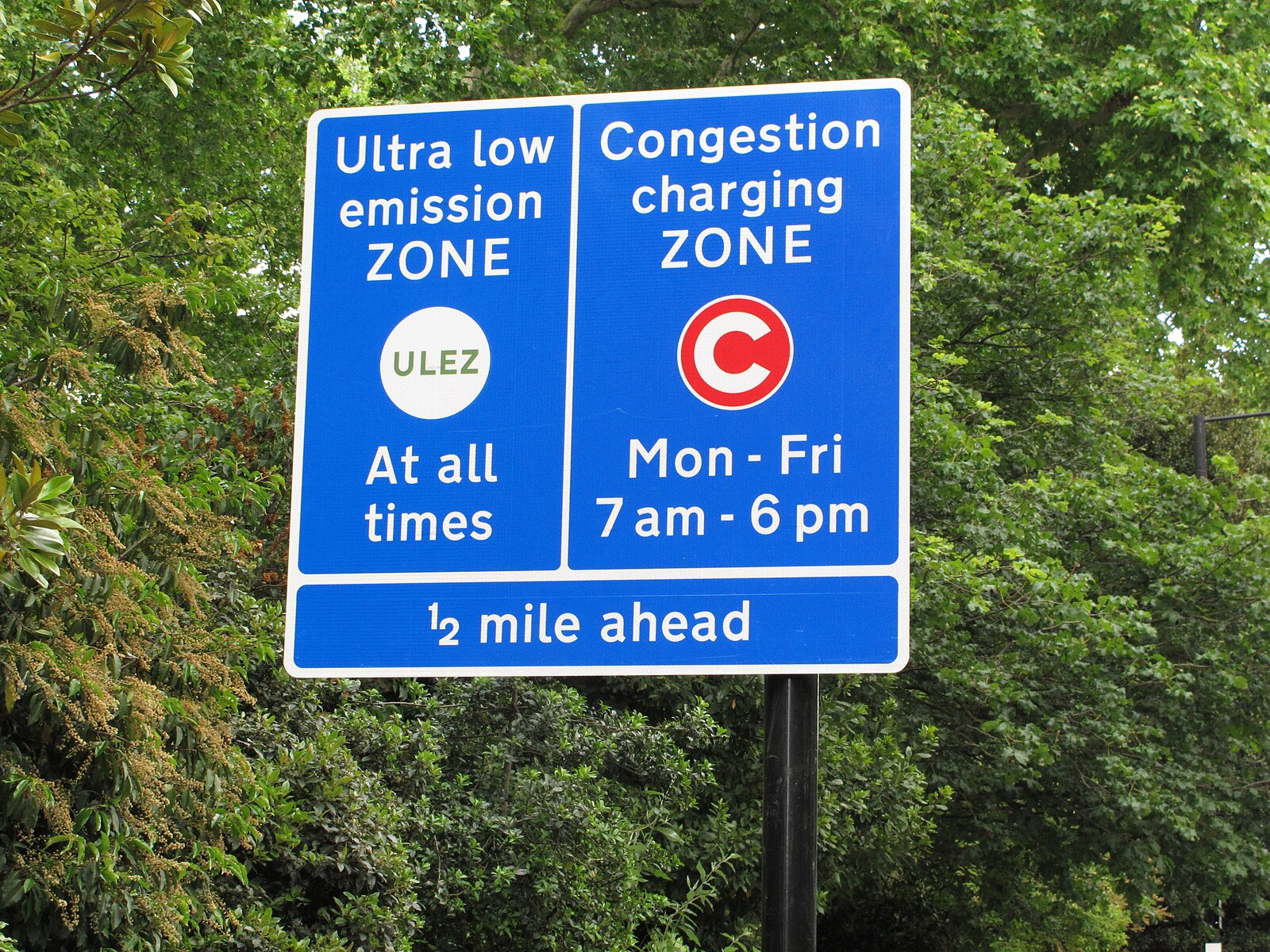IB Syllabus focus:
‘Measures include better public transport, cycling infrastructure, urban trees and green walls, catalytic converters, restricted car use, and pedestrianized centres.’
Strategies to reduce urban air pollution are central to sustainable city planning. They combine technological, infrastructural, and behavioural approaches that tackle emissions at their source and minimise exposure risks.
Public Transport Improvements
Expanding and modernising public transport systems reduces reliance on private vehicles, thereby lowering emissions of nitrogen oxides (NOx), sulphur dioxide (SO₂), carbon monoxide (CO), and particulates.
Key Measures
Electrification of buses and trains to cut fossil fuel dependence.
Increased frequency and coverage to encourage modal shift.
Investment in low-emission vehicles, such as hybrid or hydrogen buses.
Modal shift: The movement of people from one form of transport (usually private cars) to another (such as public transport, cycling, or walking).
Effective public transport policies not only reduce pollutant output but also improve urban liveability by decreasing congestion.
Cycling Infrastructure
Developing safe and widespread cycling infrastructure provides an alternative to motorised transport.

Labeled diagram of a protected intersection separating cyclists from motor traffic at junctions, reducing conflict and encouraging modal shift from cars to bikes. This supports air-quality gains via fewer vehicle kilometres travelled. The specific Dutch-style layout is an implementation detail beyond the syllabus’ broad requirement but remains pedagogically useful. Source.
Examples of Interventions
Dedicated cycle lanes that separate bicycles from cars and pedestrians.
City-wide bike-sharing schemes to increase accessibility.
Secure parking to promote long-term use.
Cycling infrastructure is particularly impactful in reducing particulate matter (PM10 and PM2.5) from road transport by cutting the number of vehicles on urban roads.
Urban Trees and Green Walls
Vegetation can absorb certain pollutants and trap particulate matter, thereby acting as a natural filtration system.
Benefits of Urban Greening
Trees absorb CO₂, produce oxygen, and provide shade, lowering urban temperatures and reducing energy demand for cooling.
Green walls and roofs enhance urban biodiversity while filtering air pollutants.
Urban heat island effect: The phenomenon where urban areas experience higher temperatures than their rural surroundings due to human activities and dense infrastructure.
Planting programmes in cities are often integrated into broader sustainability and resilience planning.
Catalytic Converters
A catalytic converter is a device fitted to car exhaust systems to reduce harmful emissions.
Catalytic converter: A device that uses catalysts such as platinum or palladium to convert toxic gases (CO, NOx, hydrocarbons) into less harmful substances like CO₂, N₂, and water vapour.
Catalytic converters significantly reduce localised air pollution, though they do not eliminate CO₂ emissions.

Diagram of a three-way catalytic converter showing the substrate and flow path that catalyse the conversion of CO, HC and NOx to CO₂, H₂O and N₂. This visual supports the strategy of controlling emissions at the vehicle source. The figure contains minor technical detail beyond the IB syllabus (e.g., substrate structure) but remains directly supportive. Source.
Restricted Car Use
Restricting private car use reduces pollutant concentrations in heavily trafficked areas.

Road signage marking London’s Ultra Low Emission Zone (ULEZ), where higher-polluting vehicles incur a charge to discourage urban emissions. This is a practical example of restricting vehicle use to cut NOx and particulate pollution. The sign also references the Congestion Charge, which is related but not required by the syllabus. Source.
Common Approaches
Congestion charging zones where drivers pay to enter city centres.
Alternate-day driving bans based on licence plate numbers.
Low-emission zones where only vehicles meeting certain standards are allowed.
Such measures encourage people to use public transport, cycling, or walking, directly decreasing fossil fuel combustion.
Pedestrianised Centres
Creating pedestrian-only zones not only cuts vehicle emissions but also improves social and commercial environments.
Key Advantages
Lower exposure to NOx, SO₂, CO, and particulates in dense areas.
Safer, quieter, and more attractive city centres.
Enhanced public spaces that promote community interaction and economic activity.
Pedestrianisation is often combined with urban greening strategies to multiply benefits.
Integration of Strategies
Air pollution control is most effective when multiple strategies are combined.
Integrated Planning
Improving public transport while simultaneously restricting car use.
Expanding pedestrian areas complemented by green infrastructure.
Encouraging cycling alongside investment in low-emission zones.
This systems approach recognises that urban air pollution stems from complex interactions of energy use, infrastructure, and human behaviour. A coordinated response maximises efficiency, reduces costs, and increases long-term sustainability.
Technological and Behavioural Dimensions
It is important to distinguish between technological solutions (such as catalytic converters and electric public transport) and behavioural strategies (such as cycling promotion and car restrictions).
Technological solutions focus on reducing pollutants at the point of emission.
Behavioural strategies seek to change individual and societal choices that contribute to pollution.
Both dimensions are essential for achieving resilient urban ecosystems.
Resilience and Sustainability
Urban strategies to reduce air pollution contribute to broader goals of sustainability and resilience. Cities that adopt these measures:
Lower environmental health risks.
Reduce dependency on non-renewable resources.
Create more liveable and equitable urban environments.
Through integrated policies, cities can transition towards more sustainable futures while directly addressing urban air quality challenges.
FAQ
Green walls are vertical surfaces covered with vegetation that trap fine particulates close to building façades and reduce localised pollutants.
Urban trees, by contrast, filter pollutants over wider areas and also contribute shade and cooling, reducing energy-related emissions.
Together, both approaches complement each other: trees improve air quality at street level, while green walls tackle pollutants in denser built environments.
Catalytic converters are highly effective at converting toxic gases into less harmful substances. However, they:
Do not eliminate carbon dioxide, a greenhouse gas.
Require regular maintenance to remain effective.
Only work when the vehicle engine is warm.
This means they must be part of broader strategies, rather than a standalone solution.
Congestion charges discourage car use but still permit access for those who can afford to pay.
Pedestrianised centres, however, completely eliminate vehicles in designated areas, producing a permanent reduction in local emissions, noise, and congestion.
This makes them particularly effective for improving urban air quality in high-density commercial zones.
By reducing the number of vehicles on roads, cycling infrastructure lowers emissions of particulates and nitrogen oxides.
At the same time, it promotes physical activity and lowers health risks such as obesity and cardiovascular disease.
This dual benefit makes cycling infrastructure one of the most cost-effective urban air quality measures.
Low-income communities often live in areas with the highest exposure to pollutants from busy roads.
Low-emission zones reduce the volume of older, more polluting vehicles in these neighbourhoods.
This can improve health outcomes and reduce disparities in environmental risk between different social groups.
Practice Questions
Question 1 (2 marks)
State two urban planning strategies that can directly reduce emissions of nitrogen oxides (NOx) and particulate matter in cities.
Mark Scheme:
1 mark for each correct strategy, up to 2 marks total.
Acceptable answers include:Improved public transport systems (e.g., electrified buses).
Cycling infrastructure (e.g., cycle lanes, bike-sharing schemes).
Urban trees and green walls.
Catalytic converters in vehicles.
Restricted car use (e.g., low-emission zones).
Pedestrianised centres.
Question 2 (5 marks)
Explain how a combination of technological and behavioural strategies can be used to reduce urban air pollution. Provide specific examples in your answer.
Mark Scheme:
1 mark for identifying a technological strategy (e.g., catalytic converters, electric buses).
1 mark for describing how it works to reduce pollutants (e.g., converts CO and NOx into less harmful gases).
1 mark for identifying a behavioural strategy (e.g., cycling promotion, restricted car use).
1 mark for explaining its impact (e.g., reduces reliance on fossil fuel–based transport).
1 additional mark for linking both strategies to the idea of integration or a systems approach (e.g., combined measures maximise effectiveness in reducing emissions).
Total: 5 marks.

